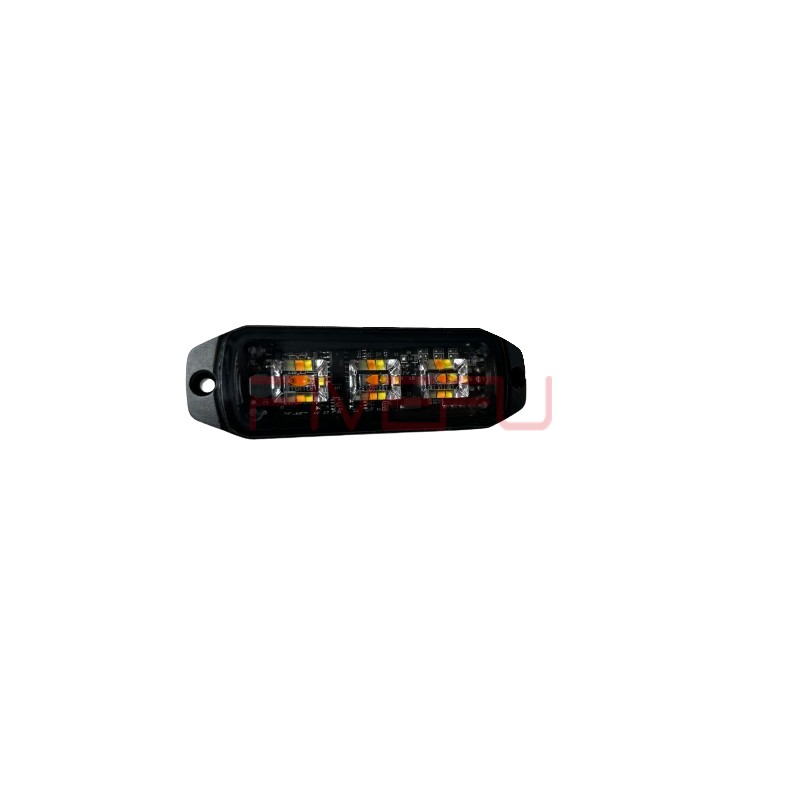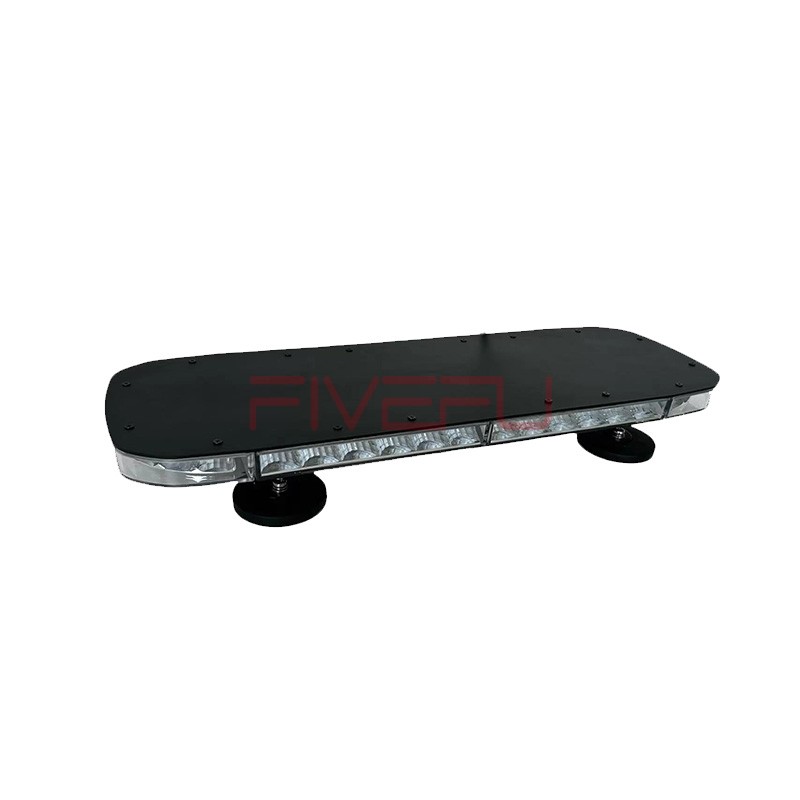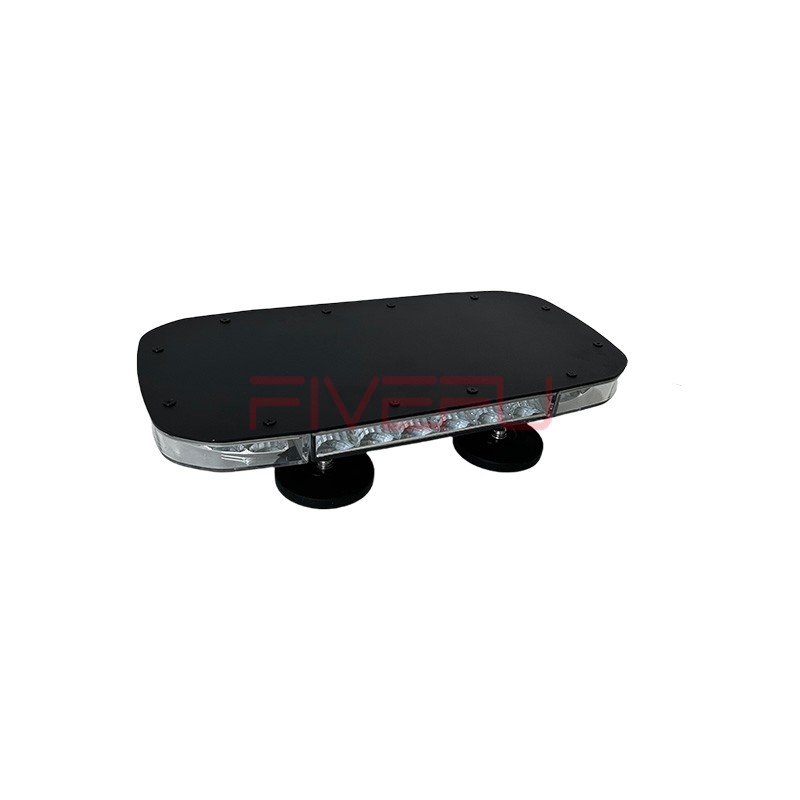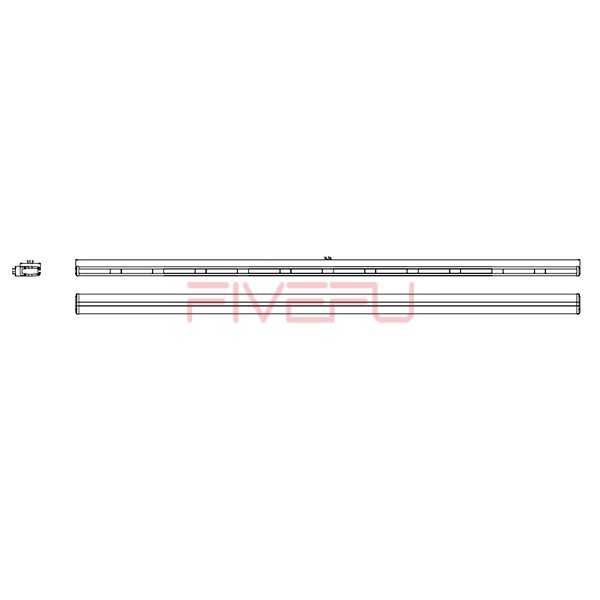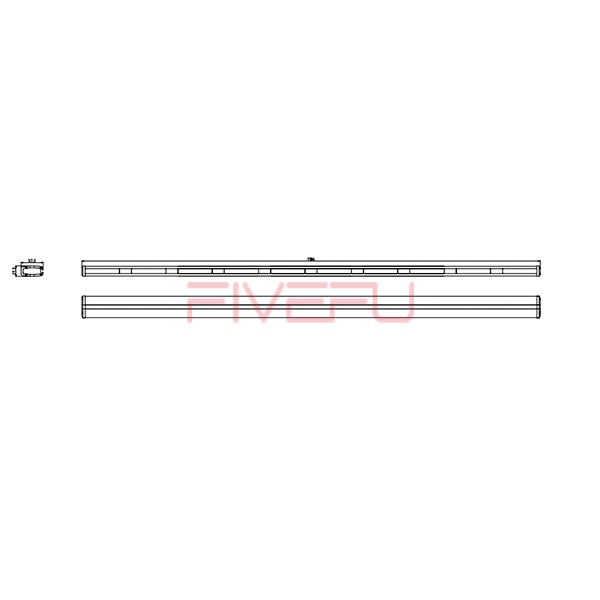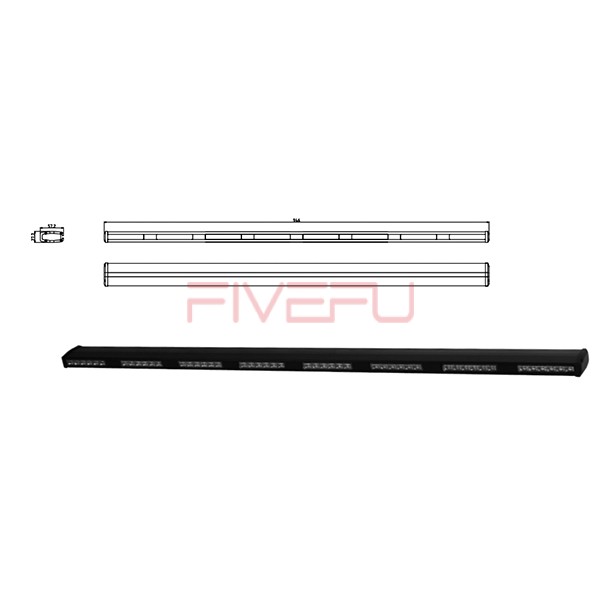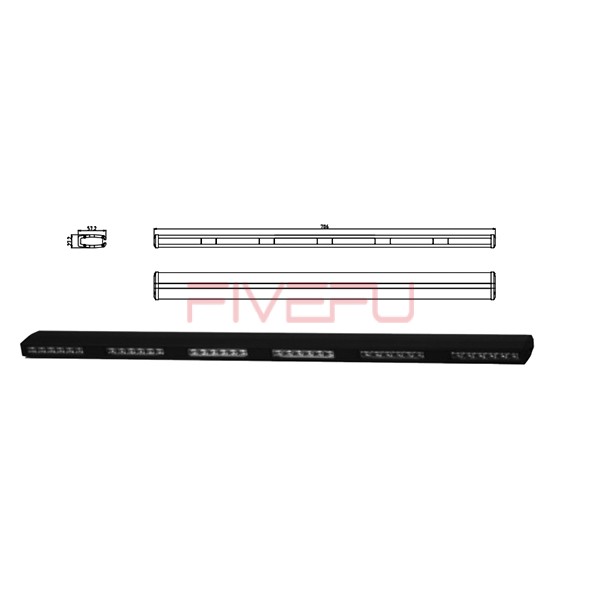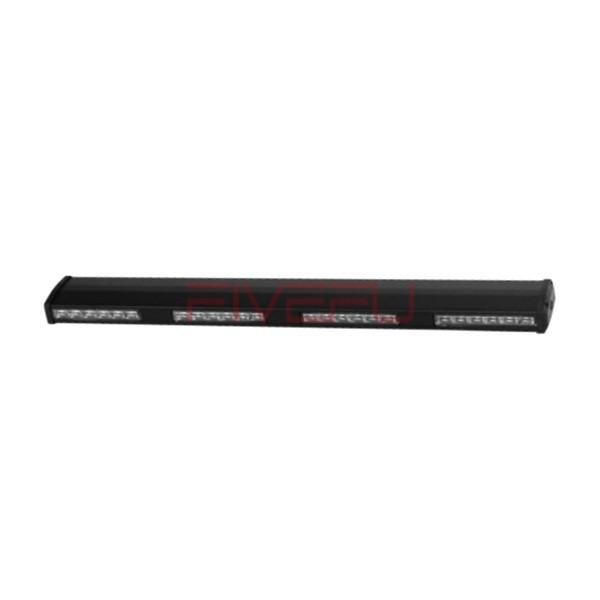Driving with hazard lights all the time creates confusion for other drivers, reduces safety, and risks legal penalties. The solution: use hazard lights only in true emergencies.
Hazard lights are designed to signal emergencies or immediate dangers. Using them constantly confuses surrounding drivers, limits proper turn signaling, and reduces road safety. Misuse may even result in traffic violations and fines.
Curious about why constant hazard light use is dangerous? Keep reading to learn the risks, laws, and safe driving practices.
What Are Hazard Lights For?
Hazard lights, also called emergency flashers, are designed for specific situations. They alert other drivers when your car poses a potential danger. For example, when your vehicle breaks down, you stop on the shoulder, or you encounter extreme weather conditions, hazard lights are essential. They quickly communicate, “something is wrong, proceed with caution.”
However, many drivers misuse hazard lights by leaving them on during regular driving. This creates a false sense of urgency and confuses other motorists. In fact, proper hazard light use is limited, and regulations differ by region. Understanding their true purpose ensures your safety and that of others.
Why Is Driving With Hazard Lights Dangerous?
Constantly driving with hazard lights confuses other drivers. When your flashers are on, other vehicles can’t tell if you’re turning, braking, or changing lanes. This lack of clear communication increases the risk of accidents.
Additionally, hazard lights can reduce visibility in bad weather, such as heavy rain or fog. Instead of making your car safer, they might blend with other lights and distract nearby drivers. Some states and countries also prohibit driving with hazards on, except during emergencies. Misuse may result in fines, tickets, or even liability if an accident occurs.
In short, hazard lights should only be used in exceptional situations. Overuse undermines their effectiveness and may put you at risk.
What Do Traffic Laws Say About Hazard Lights?
Traffic laws vary by country and state, but most prohibit the use of hazard lights while driving at normal speeds. For instance, in many U.S. states, driving with hazard lights on is illegal unless the vehicle is stopped or moving slowly due to a breakdown.
Some areas allow hazard lights in extreme weather conditions, such as heavy fog, torrential rain, or snow, but even then, rules differ. For example, states like Virginia allow their use while driving, but others, like California, restrict them to emergency stops. Ignoring these laws could result in fines or violations.
Before using hazard lights, drivers should check their local traffic codes. Proper use keeps roads safer and avoids unnecessary penalties.
When Should Hazard Lights Be Used?
Hazard lights are essential in the following situations:
Vehicle Breakdown – When your car is disabled on the road or shoulder.
Emergency Stop – If you need to pull over suddenly due to danger.
Extreme Weather – When visibility is severely reduced (check local laws).
Towing or Slow-Moving Vehicles – In some jurisdictions, hazards are allowed when moving well below normal speed.
Using hazard lights in these moments communicates a clear warning to other drivers. Outside of these circumstances, leaving them on does more harm than good.
Safer Alternatives to Hazard Lights
Instead of driving with hazards on, consider safer alternatives to remain visible and communicate effectively:
Use Headlights Properly – Low beams during rain, fog, or dusk improve visibility.
Turn Signals – Always indicate lane changes and turns clearly.
Brake Lights – Maintain working brake lights for safe stopping communication.
Reflective Triangles or Flares – In breakdown situations, these can supplement hazard lights for extra safety.
By relying on the correct signaling tools, you keep communication clear and maintain compliance with traffic laws.
Conclusion
Hazard lights protect drivers only in true emergencies, not everyday driving. Misusing them creates confusion and increases risk. Drive safe—use hazards wisely.
